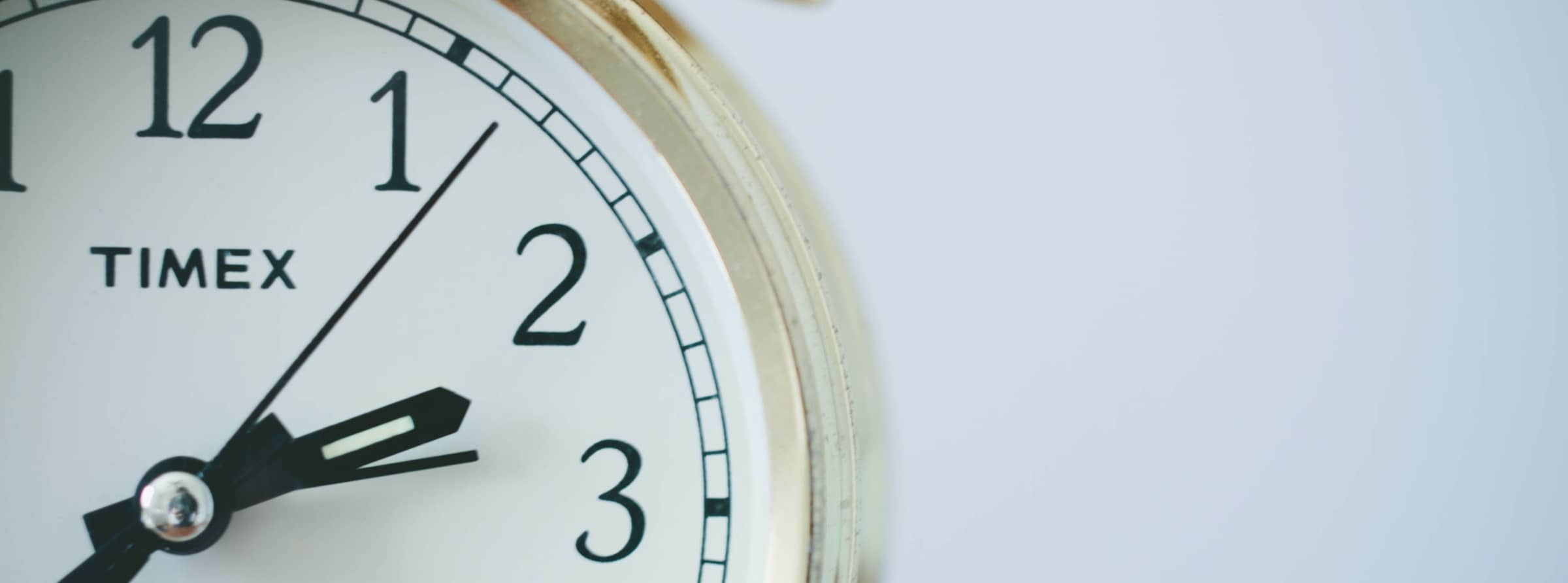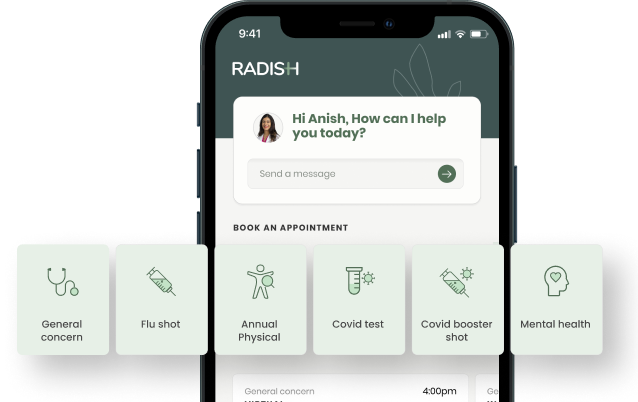Falling Back and Sleeping Soundly

Dr. Jason Sellers
Enjoy that extra hour of sleep, as this may be the last time we “fall back” into standard time. While the extra sleep usually feels like a good thing, it can sometimes be hard to adjust. How can you prepare?

Why do we follow daylight saving time in the first place?.
The original idea of daylight saving time was to add an extra hour of sunlight to the end of the day during the warmer months to save energy and allow people to go out later and increase economic activity. Whether the energy savings holds true has been up for debate.
How does switching to and from daylight saving time affect our sleep rhythm?
We enter daylight saving time in the spring and go back to standard time in the fall. Usually it’s easier in the fall, as we benefit from that extra hour of sleep that we lost in the spring.
While this makes us feel a little more refreshed Sunday morning, the shift in sleep rhythms has been shown to have profound effects on our health, accounting for higher levels of heart attacks, strokes, mental health issues, and car crashes.
What can I do to make the change easier?
Preparing for the time change is actually quite simple: maintain good sleep habits, what we call “sleep hygiene.” For example, this includes avoiding caffeine any time after noon, turning off screens at least an hour before bedtime, exercising regularly, keeping the bedroom cool and dark, and avoiding alcohol before bed.
To help with the time change in particular, it’s important to expose yourself to natural light during the day, which helps us re-establish our circadian rhythm and avoid daytime fatigue by limiting melatonin production during the day.
Is this really the last time we’re “falling back?”
It’s not clear whether the current bill to end the twice yearly clock change will be passed, and opinions are many on whether it’s better to establish permanent daylight saving time or permanent standard time. For now, the best we can do is keep our morning coffee for the morning only, and enjoy that extra hour while we have it. If you’d like to continue the discussion, feel free to chat with me!
Request a Free Demo
Learn how Radish Health can help you improve employee health and save on healthcare.
Request a Demo